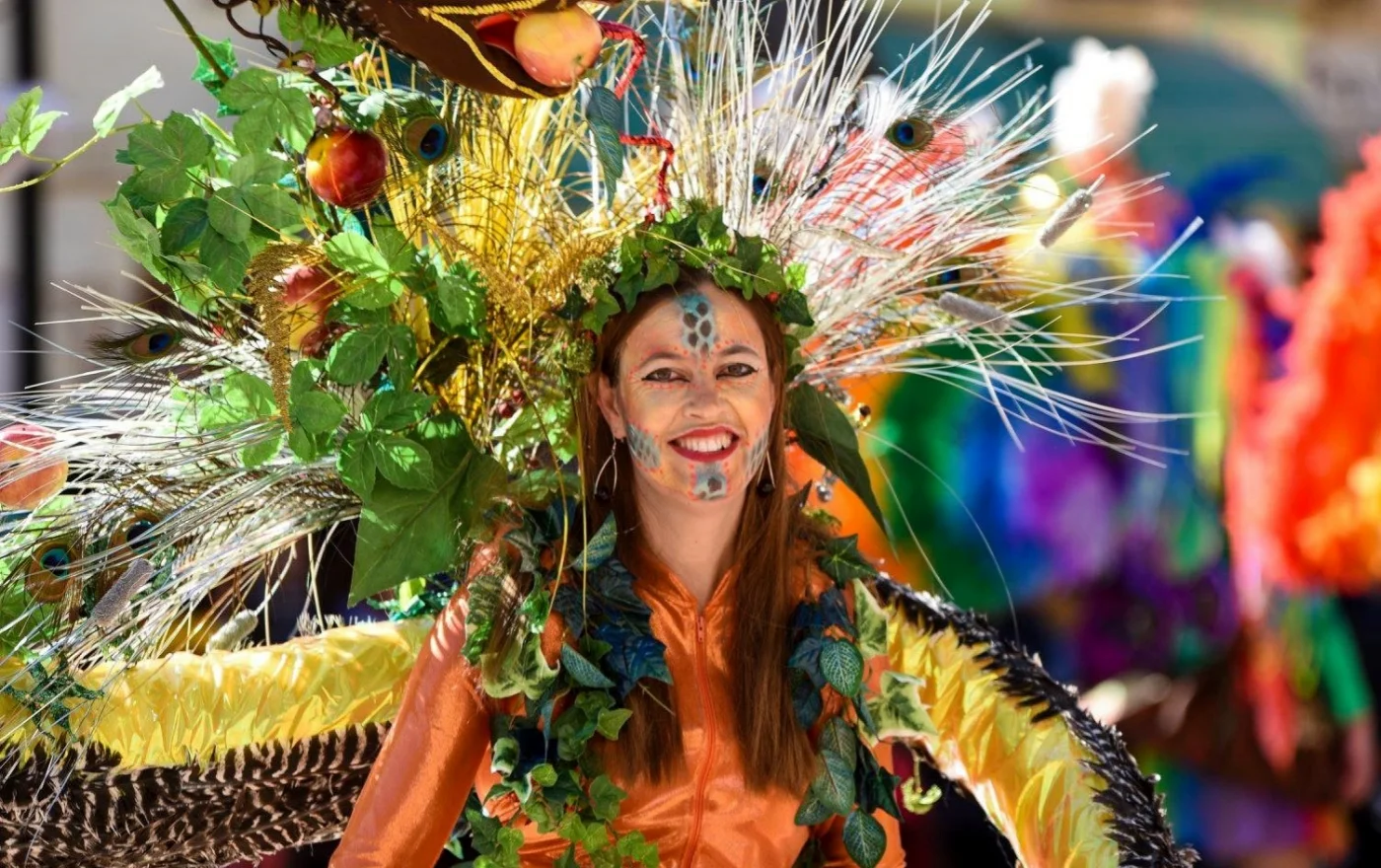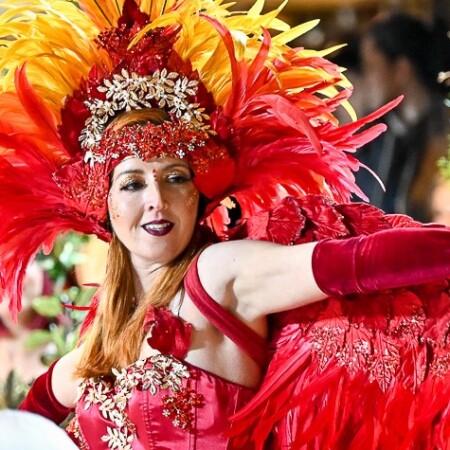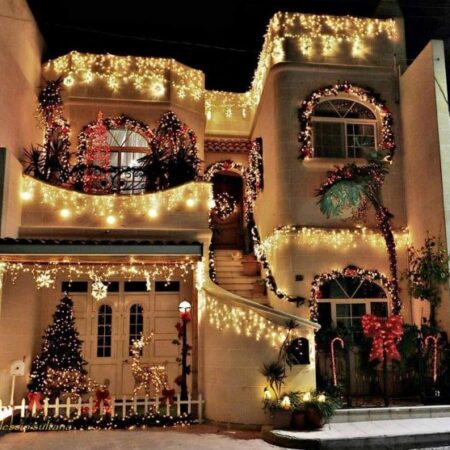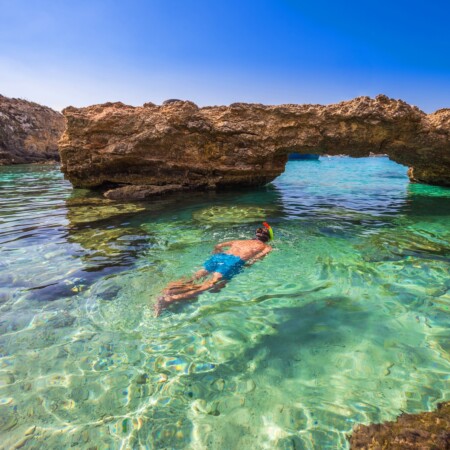The most fun time of the year
Before the austerity of Lent descends upon us, we Maltese and Gozitans let our hair down in a spectacularly colourful way during much awaited Carnival Week. Malta’s festivities are more organised and tend to centre around Floriana and the capital Valletta.
Gozo, on the other hand, has retained many older traditions and the spontaneity that used to reign during the days of yore.
In Gozo’s capital city, Rabat, organised festivities are held, presenting pretty floats and performing dance programmes. First officially organised in Gozo in 1952 with floats and parades, Rabat’s main activities take place in and around It-Tokk, the main square of the island.
Many villages have their own traditions and celebrations, too. In Xaghra (in the north east), they dance around a maypole (il-bixkilla), and they still perform a ritualistic traditional dance called Il-Kummitiva, and they also have a collection of Carnival costumes and make-updating back 100 years. Xewkija is Gozo’s oldest village and they retain a strong link to Gozitan traditional music which they play during their Carnival festivities.
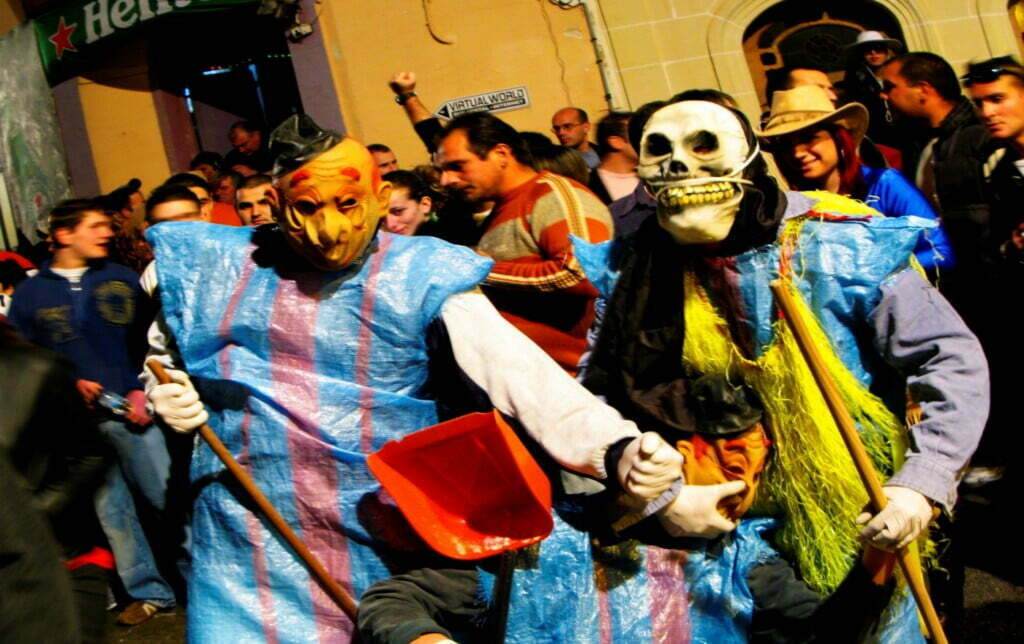
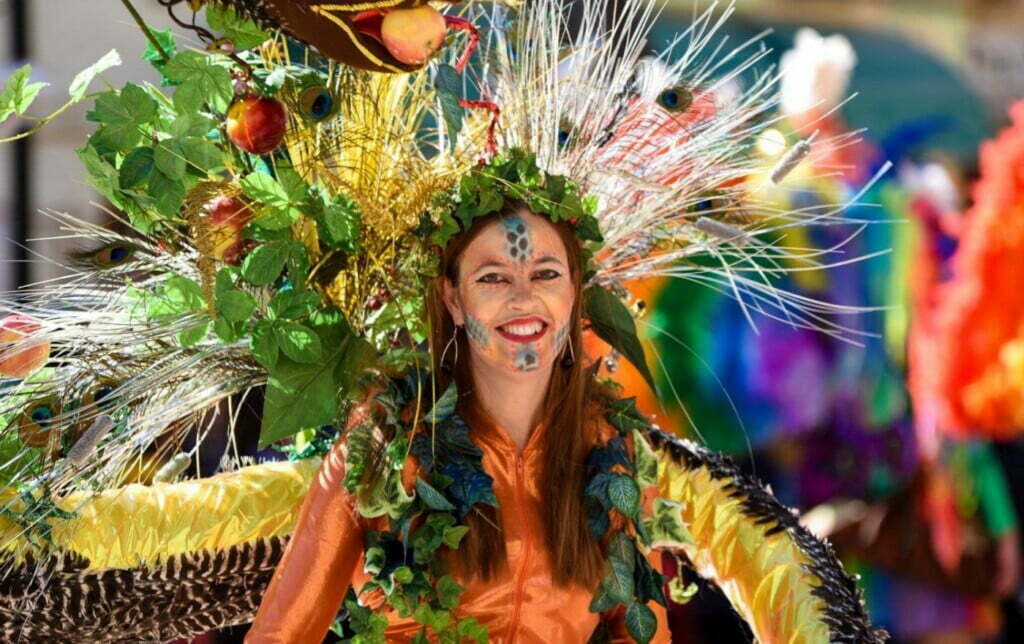
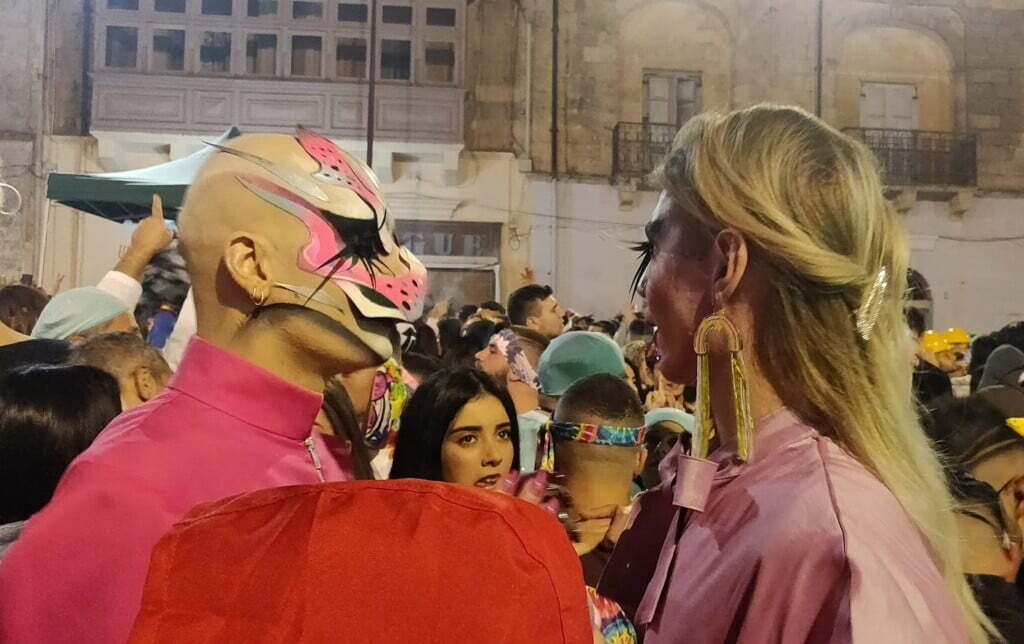
The oldest form of Carnival is the spontaneous one. The best place to witness this celebration is in the town of Nadur.
Although Nadur is Gozo’s second largest town, it only has a population of around 4,000 – still a very small number, so there aren’t many residents who don’t know each other. Consequently, the Nadurin have always embraced the full face masks and the hiding of their identity during the Carnival festivities, so that they could, and can, feel free from the possibility of retribution or disgrace.
The elements that used to scared your socks off – such as the brandishing of sickles, parading of animal intestines and flaunting of bizarre things like women’s soiled underwear – are no longer there; the Nadur Carnival has become more satirical and less macabre. But do not be fooled into thinking that it is a sober, sedate affair. It is still the largest and possibly wildest street party you will ever attend in Malta or Gozo – as revellers take to the streets and dance madly, ring bells, hoot horns, whistle and bang on anything that makes the loudest possible din.
The favourite characters are the Maskarati – the covering of their heads with sacks, home-made masks, wigs and grotesque make-up, and the donning of costumes made from sheets, sackcloth or old clothes. The Maskarati then go on makeshift disorganised parades often accompanied by animals and farm carts.
The ‘Nadurin’ go to great lengths to disguise themselves from head to toe, making sure they are completely unrecognisable, and even refraining from speaking so that they can’t be identified. The Nadur Carnival is, in fact, sometimes referred to as The Silent Carnival. Nadur’s Carnival had been a well-kept secret up until some 20 years ago – when Maltese revellers ‘discovered’ it and started ascending in droves for the Saturday night street celebrations. Now they can vouch that the people of Nadur don’t have blood running through their veins – they have Carnival!
